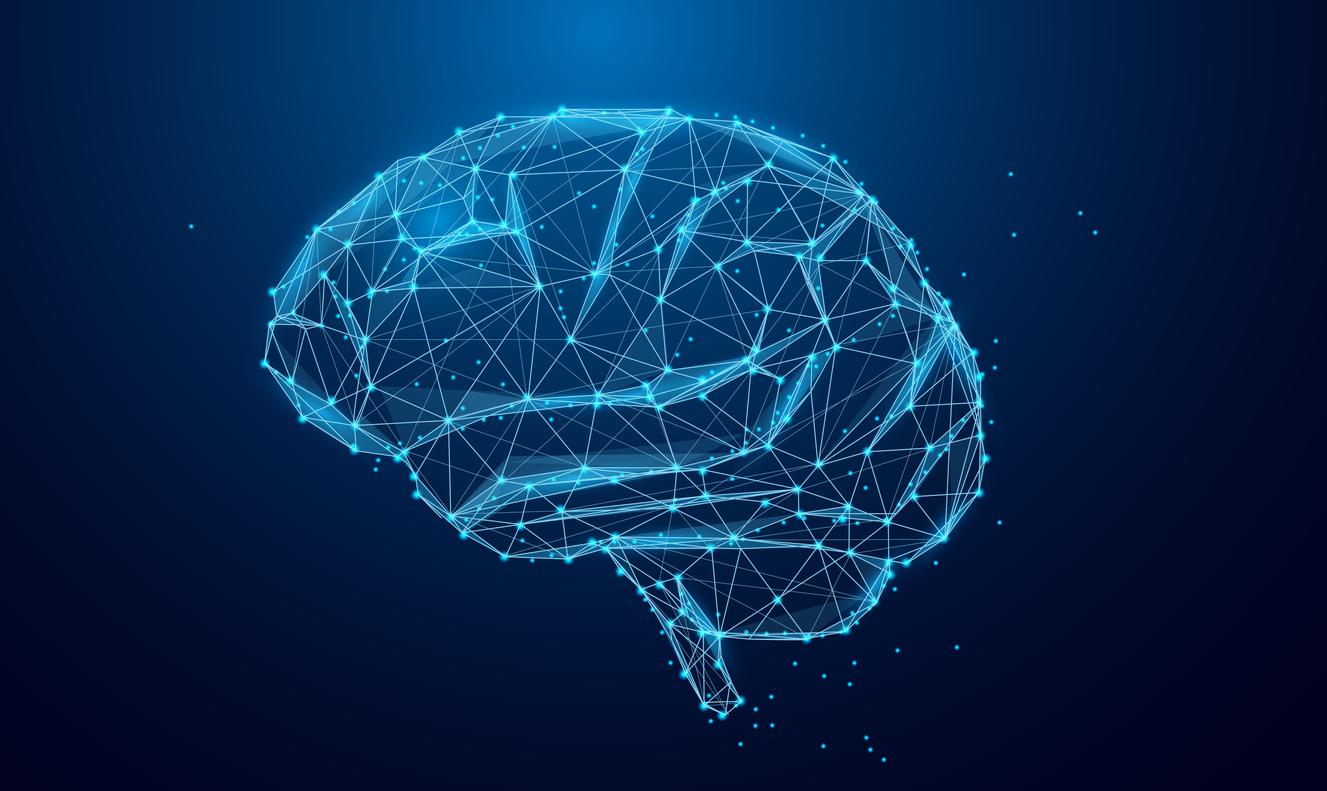Three main areas are related to fear responses in the human brain.

- The amygdala, hippocampus and prefrontal cortex are the three areas involved in fear mechanisms.
- Although they all have a specific role, they are interdependent.
- Recent studies have identified a new brain region linked to fear: the fastigial nucleus.
Fear is a natural phenomenon: originally, it was used to protect oneself from mortal dangers. If our reasons for being afraid have evolved, the cerebral mechanisms at play remain the same. This is explained by Ana Margarida Pinto, doctoral student at ENS – PSL in an article published in Tea Conversation.
“Technological advances in neuroscience today make it possible to explore how the brain creates states of fear and defense”, she explains in the preamble. Research performed on the brains of living organisms has uncovered new areas of the brain involved in fear-related cognitive processes and neural mechanisms that “govern our memory of fear’, i.e. the fact of remembering fear-related events that have occurred in the past”.
Brain: three areas are linked to fear
Three brain areas are mainly involved in the mechanisms of fear. First the amygdala, which “plays a preponderant role in the perception of threats”, explains the author. It receives the signals that allow them to be identified and then triggers the sympathetic nervous system, which leads to the release of various stress hormones, including adrenaline. “This leads to a series of physiological responses, such as increased heart rate, rapid breathing and sweating, which help prepare the body for immediate action.”develops Ana Margarida Pinto.
The second fear-related area is the hippocampus. This region of the brain contributes to the formation and retrieval of memories. “When we encounter a similar situation afterwards, the hippocampus retrieves the stored memory and helps us recognize the threat.”she adds.
Finally, the prefrontal cortex guides our responses when threatened. This area of the brain is involved in decision making and problem solving. “In situations where the threat is not immediate or dangerous, the prefrontal cortex can override the amygdala-initiated fear response, allowing us to remain calm and rational.”says Ana Margarida Pinto.
Brain and fear: what do human studies tell us?
She adds that studies on human beings have made it possible to understand the importance of each of these areas in the mechanism of fear. Some of these studies have been done in people with accidental brain damage in one or other of these areas. When located in the hippocampus, people still express defensive responses because these require the intervention of several parts of the brain. “In contrast, damage to the amygdala impairs the ability to acquire a defensive response, but does not affect conscious memory.”adds the author.
A better understanding of fear thanks to the study of neurons
Recently, technological advances have made it possible to deactivate certain types of neurons and thus to understand the specific role of each of them. Ana Margarida Pinto and her team from the Ecole Normale Supérieure in Paris have thus discovered a new brain region involved in the mechanisms of fear. “This is the ‘fastigial nucleus’, part of the cerebellum, she explains. The latter is so called because it has a large number of neurons (‘little brain’ in Latin), and is a recent region of interest in research on fear.“In an experiment with mice, they found that communication between the prefrontal cortex and the fastigial nucleus is important for the regulation of fear memory extinction.”This is just one of many recent studies that take advantage of new technologies available in neuroscience to explore fear and the brain, she concludes. (…) This will encourage more research into new therapeutic approaches for the treatment of fear-related disorders in humans..”















